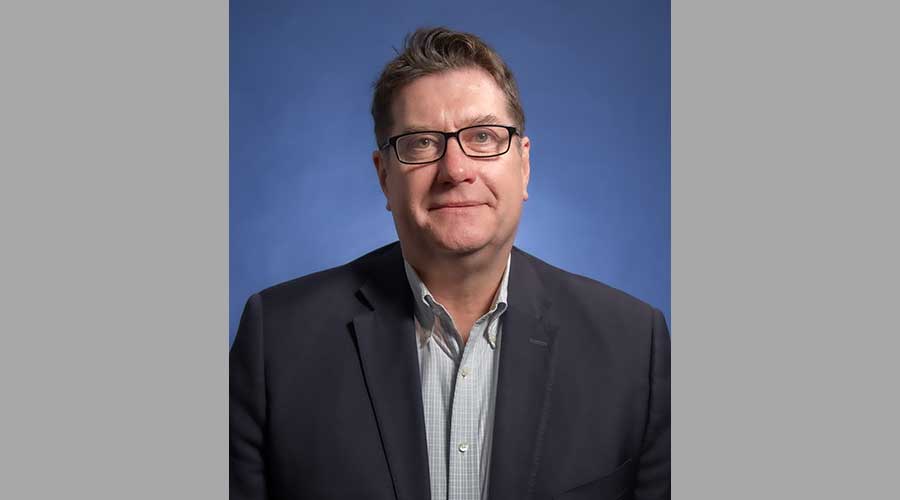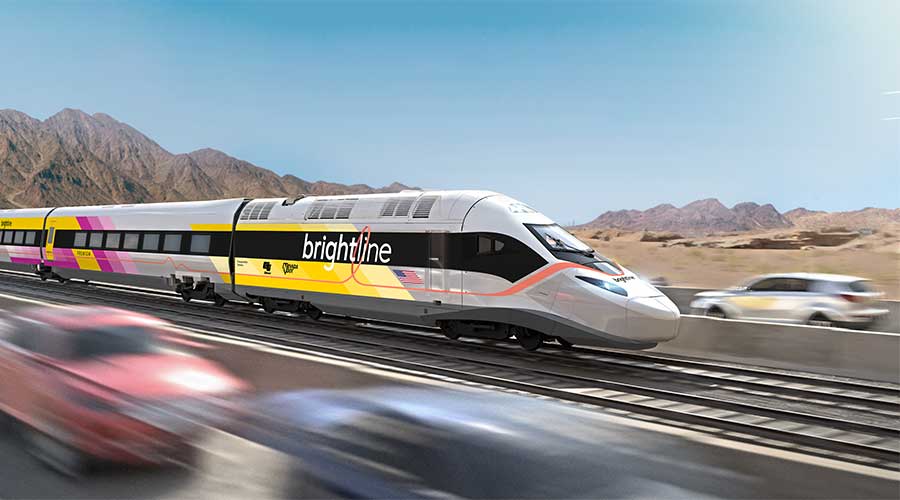Stay updated on news, articles and information for the rail industry
June 2012
Rail News: Passenger Rail
Warrensburg and Pertle Springs streetcar revival being pondered by Missouri brothers
By Angela Cotey, associate editor
As young boys growing up in the small town of Warrensburg, Mo., Tim and Bob Bryant were fascinated by the remnants of the Dummy Line, a streetcar system that began operating between Warrensburg and Pertle Springs in the late 1800s. The name was derived from the small steam engine — called a “dummy” — that powered the streetcar.
The railway was sold in the 1920s and dismantled shortly thereafter, according to a project website, so the tracks were long gone by the time Tim and Bob — now in their 60s — were young children. Still, the boys would walk along the right of way and find old railroad spikes, and recall seeing a section of city street in downtown Warrensburg that still had concrete channels where the streetcar tracks used to be.
Two summers ago, Tim and Bob — who now live in St. Louis and Turners, Mo., respectively — were reminiscing about their childhood and hometown, and started talking about the old streetcar line.
“We thought about what a cool thing it would be to revive the streetcar,” says Tim Bryant. “But we never would have thought of this idea if the line hadn’t existed at some time. The right of way is all still there, and nearly all of it is on public property.”
From there, the brothers began strategizing how they could bring the streetcar back to life in Warrensburg, a college town of about 20,000 people located about 50 miles southeast of Kansas City. The two-mile route would follow the same corridor, running from downtown Warrensburg to the University of Central Missouri campus (which serves about 12,000 students) and a pedestrian mall, to a nature preserve and city park, and ending at the old Pertle Springs resort that’s now owned by the university and features a clubhouse and golf course.
“The resort is the reason why the streetcar was built in the first place — the guy who owned it needed a way to get people to his resort from downtown,” says Tim.
The battery-powered streetcar system the Bryants hope to build would be used primarily by college students and university visitors, Tim believes, although future development could expand the ridership base. The university plans to build an amphitheater and possibly a conference center, and Tim and Bob have had discussions with university officials about linking the conference center with a downtown hotel via the streetcar. The vehicles could be powered by battery-operated engines
Not that the Bryant brothers are developers — or transit-rail experts, for that matter. Tim is a business reporter covering commercial real estate and development for the St. Louis Post-Dispatch and Bob is a semi-retired owner of an ad agency in the Springfield, Mo., area. For expertise, they’ve turned to consultant James Graebner, who chairs the American Public Transportation Association’s Streetcar Subcommittee.
Graebner has told the Bryants he believes the line could be restored for about $2 million. Tim and Bob have applied for nonprofit status for the Warrensburg and Pertle Springs Railroad; if granted, the brothers plan to begin seeking potential donors to raise money to build and operate the line.
In the meantime, the Bryants won’t quit their day jobs. Tim and Bob don’t know if a future streetcar system could be profitable enough for them to draw a salary from it. But it could give the residents and students another way of getting around town and the community a catalyst for new development — and young children a community attraction they, too, can someday reminisce about.
“What’s in it for us? We really — and we mean this — just think it’s a great project for the town, and we’d love to see it built,” says Tim.


 LRW Honors Amtrak’s Acheson As Railway Woman Of The Year
LRW Honors Amtrak’s Acheson As Railway Woman Of The Year
 From Editor-In-Chief Foran: Of Gender Equity And Inclusion
From Editor-In-Chief Foran: Of Gender Equity And Inclusion
 Spotlight On Some Of Today’s Rail Safety Products
Spotlight On Some Of Today’s Rail Safety Products
 Women of Influence in Rail eBook
Women of Influence in Rail eBook
 railPrime
railPrime







